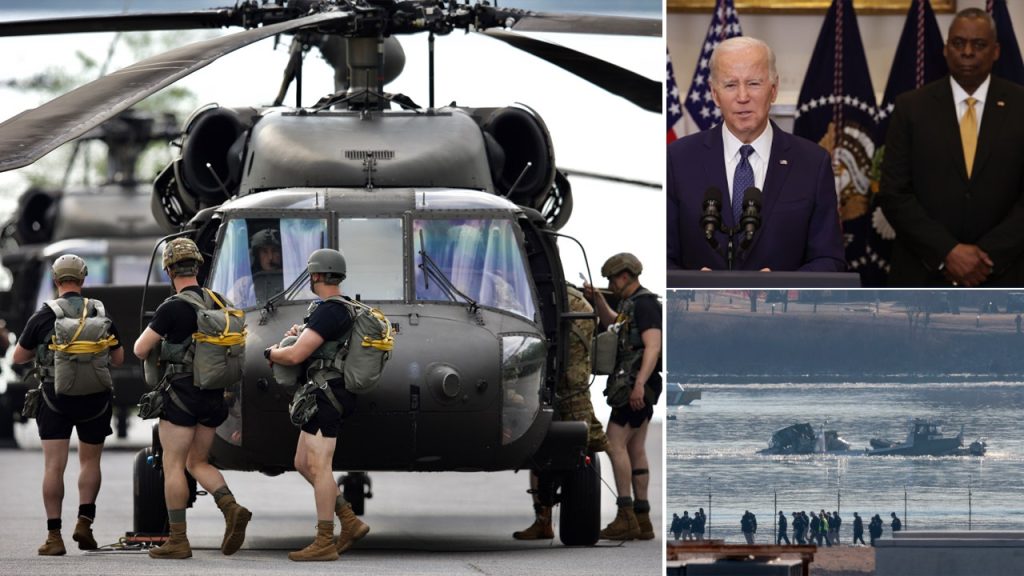The US Army experienced a surge in aviation accidents throughout fiscal year 2024, culminating in a tragic mid-air collision near Reagan National Airport that claimed 67 lives. This incident underscored a concerning trend of increased mishaps within Army aviation, prompting urgent calls for enhanced safety measures and a reevaluation of training practices. A recently released Army report revealed a stark reality: FY2024 witnessed the highest number of Class A mishaps – accidents resulting in fatalities or damages exceeding $2.5 million – in over a decade. Seventeen such incidents occurred, fifteen involving airborne aircraft and two on the ground, a significant increase from the previous two years and a disturbing four-fold increase in the mishap rate per 100,000 flight hours compared to 2022. This alarming statistic reflects a troubling departure from the average of six crew member fatalities per year and paints a picture of an aviation program grappling with significant safety challenges.
The dismal safety record detailed in the Army’s report highlights not just the raw number of accidents, but also the human cost. Ten lives were lost in these mishaps – nine soldiers and one civilian in flight accidents, and a contractor in a ground incident. The report further reveals that there were a total of 66 Class A-C mishaps, encompassing incidents ranging from relatively minor damage exceeding $60,000 to personnel injuries resulting in lost work time. While the UH-60 Black Hawk involved in the devastating collision near Reagan National Airport wasn’t identified as the most accident-prone aircraft in the Army’s fleet, with the AH-64 Apache accounting for a larger share of incidents, the tragedy served as a stark reminder of the potential consequences of even a single mishap.
This collision, involving a commercial regional jet and the Army Black Hawk on a proficiency training flight, marked the first Class A mishap of FY2025. The incident brought to light a broader context of aviation safety concerns across the military branches. The Navy recorded 11 Class A mishaps in FY2024, the Marine Corps six (including a fatal CH-53E Super Stallion crash), and the Air Force, the largest aviation branch, reported 20. These figures underscore the need for a comprehensive review of safety protocols and practices across all military aviation programs. The Army, in its analysis of the escalating mishap rate, pointed to an “ineffective safety culture” as a primary contributor.
The Army’s internal review identified a critical factor contributing to the rise in accidents: a decline in average flight experience among aviators. Pilots were found to have, on average, 300 fewer flight hours compared to their counterparts a decade earlier. While pilot experience wasn’t a causative factor in every incident, the Army recognized it as a significant hazard demanding attention. To address this, the review urged increased recording and review of flight footage with superiors, a measure aimed at improving pilot proficiency and situational awareness. The report acknowledged potential concerns about increased oversight, but emphasized the paramount importance of safety over individual scrutiny. The goal, the Army’s Combat Readiness Center asserted, is not to punish pilots, but rather to learn from every flight and prevent future accidents.
In response to the alarming trend of accidents, the Army implemented several interventions. Following a spate of fatal incidents in the first half of FY2023, an aviation-wide stand down was ordered, halting all routine missions and training to conduct a comprehensive safety assessment. However, despite this pause, the accidents persisted. In April 2024, the Army launched a safety “stand up” initiative, focusing on new safety protocols and procedures training. This intervention appeared to have a positive impact, as the Class A mishap rate decreased for the remainder of FY2024. Yet, the tragic collision near Reagan National Airport served as a stark reminder of the ongoing challenges and the need for continuous vigilance.
The collision near Reagan National Airport brought the issue of military aviation safety to the forefront of national discussion. Army secretary nominee Daniel Driscoll, during his confirmation hearings, pledged to prioritize a “culture of safety” within the Army’s aviation program. He highlighted the need to carefully assess risk-taking in training exercises, particularly in proximity to civilian airports, questioning the appropriateness of conducting such training near high-traffic airspace. Driscoll’s comments reflect a growing awareness that maintaining a robust and effective military aviation program requires a constant, critical evaluation of safety procedures and a commitment to continuous improvement. The tragic collision served as a catalyst for this conversation, pushing the issue of military aviation safety into the spotlight and compelling a comprehensive examination of existing practices and the development of more effective strategies for preventing future tragedies.










